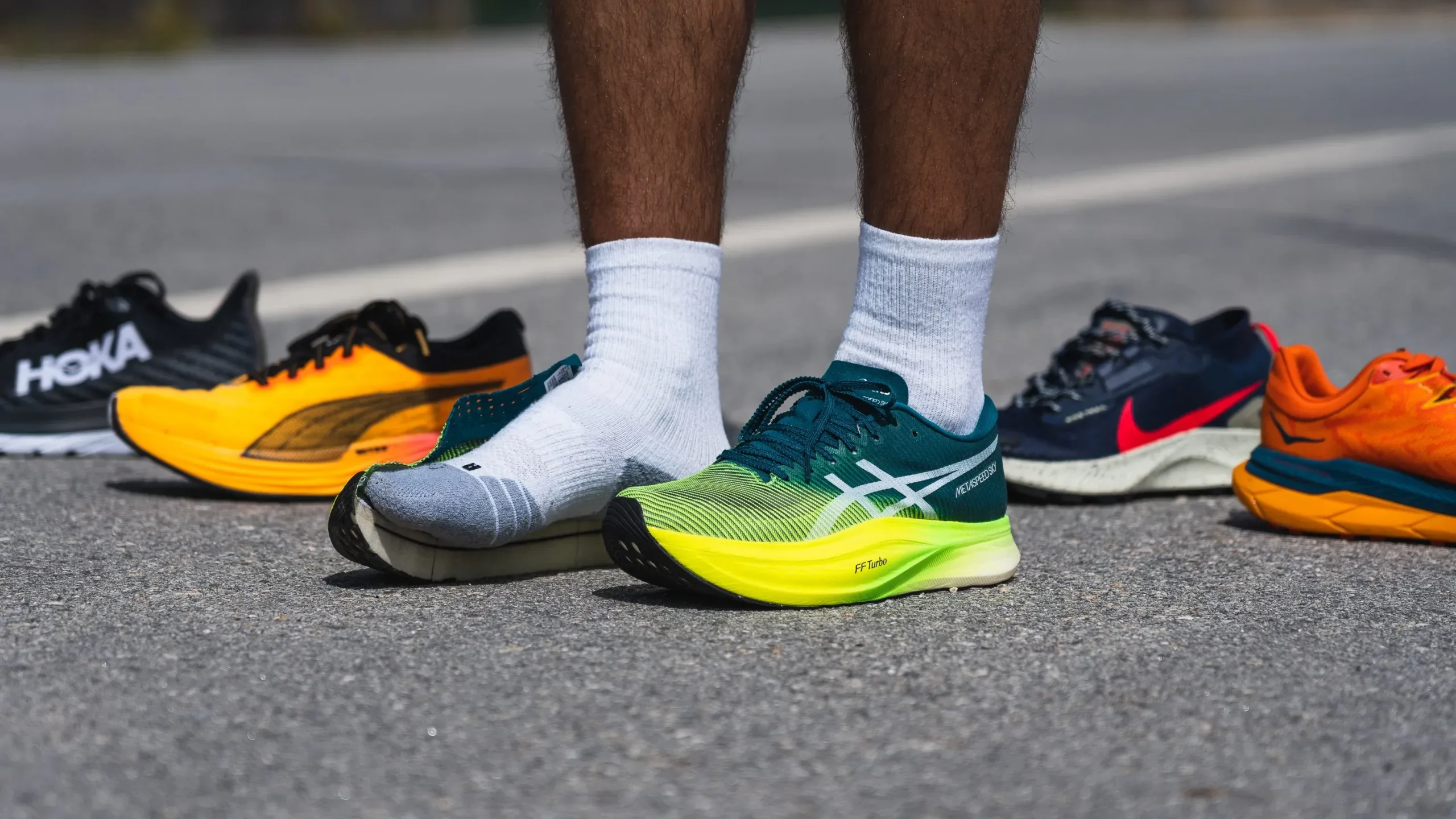We’ve all experienced wearing shoes that look great but leave our feet aching by the end of the day. While shoes can enhance style, their main purpose goes beyond aesthetics. Proper footwear supports the feet, which can be crucial for how the entire body functions. Well fitted shoes can help align everything from your ankles to your knees, hips, and spine. Poorly fitted shoes, however, can lead to pain in these areas.
Footwear and orthotics can be excellent supplements to therapeutic exercise for injury recovery and prevention. Orthotics, or custom inserts, can offer extra support by assisting to correct foot issues like flat arches or ankle instability. They can help relieve pressure on joints and assist improving body alignment. By making sure your feet are well-supported, both shoes and orthotics not only keep you comfortable but can also help prevent pain and injury.
Footwear in Injury Treatment
Footwear can support injury recovery by:
- Providing Stability: Shoes keep the foot supported and prevent extra unwanted movement, important after injuries like ankle sprains.
- Reducing Joint Stress: Cushioning in shoes reduces the impact on joints, helping conditions like stress fractures.
- Improving Foot Mechanics: Proper shoes support better foot mechanics and movement after injuries. This not only aids in foot injuries but for injuries further up the movement chain, for example shin splints (Whittaker et al., 2010).
Orthotics in Injury Treatment
Custom orthotics are inserts designed to support the feet and treat poor foot mechanics. A review by Hawke et al. (2008) found that orthotics significantly reduce pain and improve movement. Key benefits include:
- Pain Relief: Orthotics reduce pressure on painful areas (Hawke et al., 2008).
- Corrected Foot Mechanics: Orthotics help the foot move correctly, reducing stress on the ankles, knees, and hips (Landorf & Keenan, 2007).
- Improved Function: Patients can move more easily and with less pain due to corrected foot mechanics (Hawke et al., 2008). This is important when returning to normal function following injury.
Combining Footwear and Orthotics
Due to everyone’s differing foot and body mechanics, and the nature of their injuries, some people may need orthotics, others a particular type of shoe, and some a combination of both. When required, combining footwear and orthotics can aid foot alignment and reduce pressure on injured areas, prevent further injuries, improve healing and reduce pain (Whittaker et al., 2010)
Guide to Choosing the Right Footwear and Orthotics
Choosing the right footwear and orthotics is important for injury treatment, prevention, and overall comfort. Here’s a quick guide to making the right choice:
How to Choose Footwear:
- Match Your Activity with Shoe Style: Running shoes for running, cross-trainers for lateral movement. Hiking shoes for uneven surfaces. etc.
- Proper Fit: Ensure there’s enough room for your toes, a good guide is about a thumb’s width at the front
- Arch Support: Shoes should support your foot’s arch (flat, normal, or high). Consult a podiatrist or physiotherapist if unsure.
- Cushioning: Adequate cushioning absorbs impact, reducing strain on joints.
- Stability: Extra stability is helpful if you tend to roll your feet inward. A physiotherapist can assess your gait to determine the level of stability required.
How to Choose Orthotics:
- Consult a Podiatrist: They can assess your feet and recommend custom or off-the-shelf orthotics.
- Custom vs. Pre-made: Custom orthotics are more expensive than pre-made orthotics as they are tailored to your specific foot.. Pre-made orthotics offer general support and are relatively inexpensive .
- Gait Analysis: A physiotherapist can evaluate how you walk and suggest the right orthotics to correct foot alignment.
References
Hawke, F., Burns, J., Radford, J. A., & du Toit, V. (2008). Custom-made foot orthotics for the treatment of foot pain. Cochrane Database of Systematic Reviews, (3), CD006801. https://doi.org/10.1002/14651858.CD006801.pub2
Landorf, K. B., & Keenan, A. M. (2007). Efficacy of foot orthoses. What does the literature tell us? Journal of the American Podiatric Medical Association, 97(1), 24-29. https://doi.org/10.7547/0970024
Whittaker, G., Munteanu, S. E., & Landorf, K. B. (2010). Foot orthoses for plantar heel pain: A systematic review and meta-analysis. British Journal of Sports Medicine, 44(6), 364-372. https://doi.org/10.1136/bjsm.2009.061424



